The fft part of the code looks good to me. However, this bit doesn't make much sense:
for i = 1:2048
y = I(:,2);
end
What are you trying to do here? You're not using the loop index i at all in the for loop.
Also, I assume y is of length 2000, can you confirm? Otherwise L = 2000 should be changed to L = length(y). Similarly, I assume that the sampling frequency of the data is 40kHz, otherwise Fs = 40000 is not correct.
EDIT following discussion in comments:
With the data that you have provided, I get the same results. The only thing I did is exclude the last data point from the analysis when it drops to zero. The way you read the data still doesn't make sense to me. Note I am using Octave, not MATLAB, but the code should give the same results in MATLAB.
load('ascii_value.txt')
y = ascii_value(1:end-1,2);
plot(y)
L=length(y);
Fs = 40000;
T = 1/Fs;
NFFT = 2^nextpow2(L);
Y = abs(fft(y,NFFT))/L;
f = Fs/2*linspace(0,1,NFFT/2+1);
figure, plot(f,2*abs(Y(1:NFFT/2+1)))
axis([0 40000 0 40])
xlabel('Frequency (Hz)')
ylabel('|Y(f)|')
The signal looks like this:

and the FFT like this:

Note: if you are sampling at 40 kHz, your FFT can only go up to 20kHz (Nyquist frequency).

